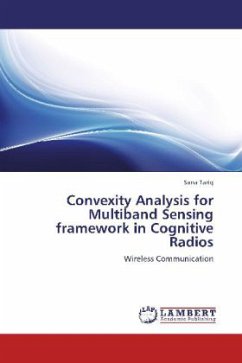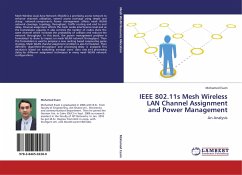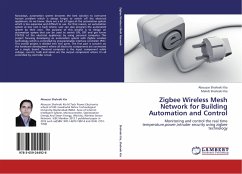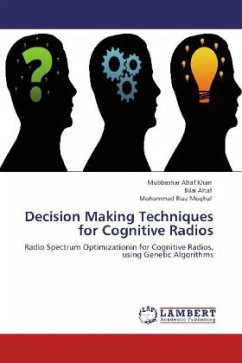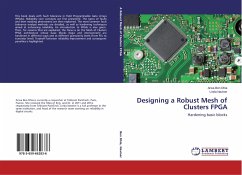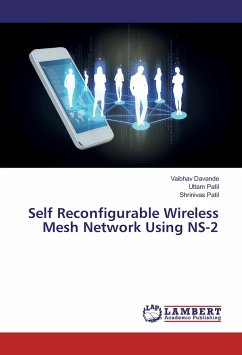Wireless Mesh Networks (WMNs) are believed to revolutionize wireless internet connectivity by economically extending broadband internet access over very large areas. In their default state, WMNs operate in the ISM band. Due to severe congestion in this unlicensed band, some of the constituent Mesh Routers (MRs) in a WMN may have over-congested operating conditions. Hence, it is desirable for such MRs to operate on a different band. There exist unused or white spaces in the spectrum used by licensed operators, who are referred to as Primary Users (PUs). Cognitive radio technology is one that can enable MRs in a WMN with poor channel conditions to shift operation to this licensed spectrum. This opportunistic sharing of the white spaces in the licensed spectrum results in higher spectral efficiency as well as reduced traffic volume in the ISM band. Additionally, spatial diversity using Smart Antennas is explored to achieve close to theoretical limits of spectral efficiency. Finally,we propose models that significantly improve the spectrum sensing mechanism of a CWMN, through analysis of historical data of PU behavior in accessing the spectrum.
Bitte wählen Sie Ihr Anliegen aus.
Rechnungen
Retourenschein anfordern
Bestellstatus
Storno



